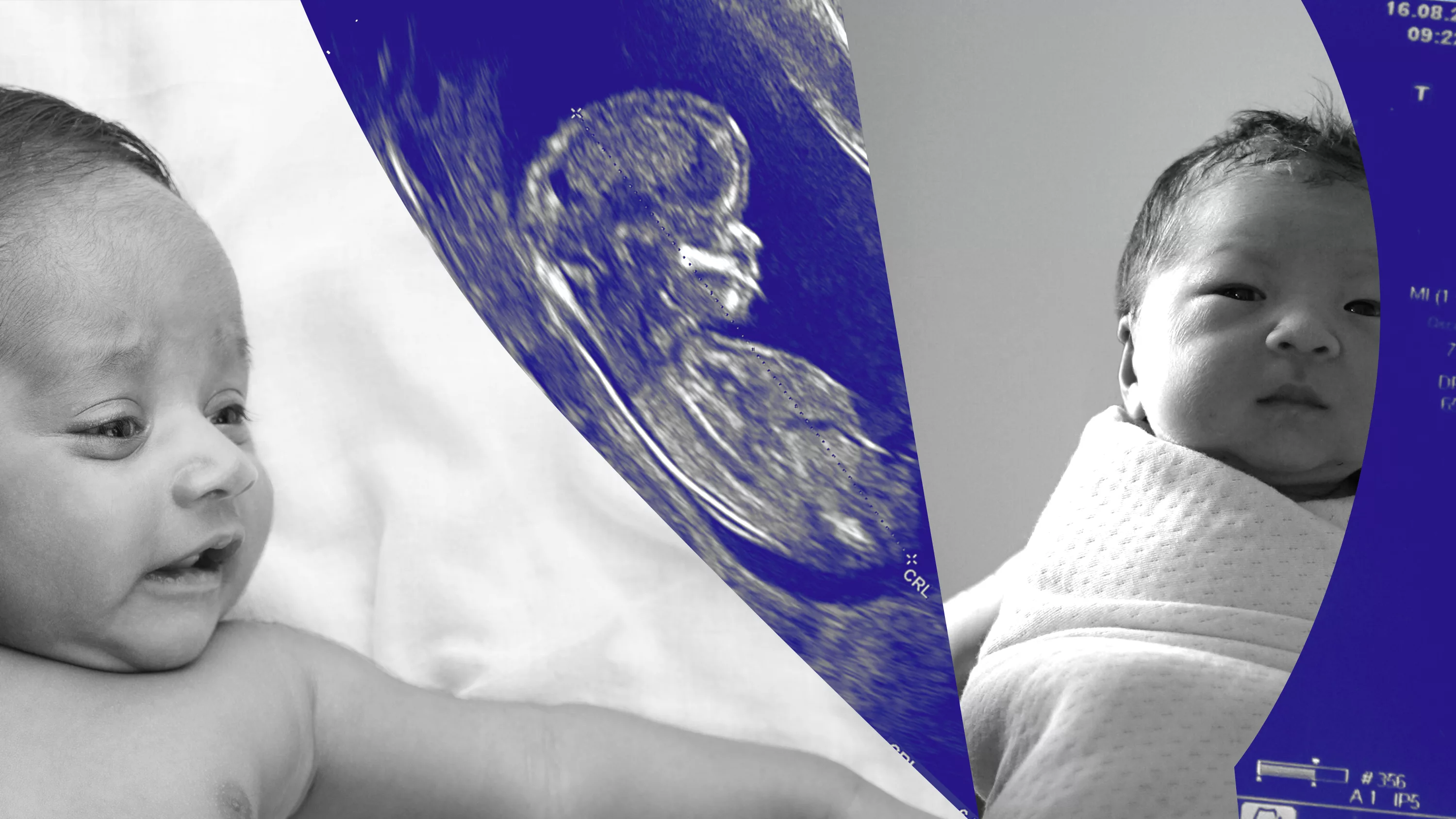
Honor-shame dynamics color how Christians have these sensitive conversations.
The two most populous countries of the world, China and India, both suffer from skewed sex ratios due to a cultural preference for boys that causes families to abort or abandon their daughters. From 2000–2020, 115 boys were born for every 100 girls in China, while in India that ratio was 110 boys for every 100 girls. This has led both countries to ban the use of ultrasounds to determine the sex of the baby, although the illegal use of ultrasounds is common.
In Chinese and Indian cultures, giving birth to a girl is traditionally seen as a burden on the family, as women end up joining their husband’s family once they are married. (In India, the wife’s family also needs to pay an expensive dowry.) On the other hand, having a boy not only means passing down the family name and inheritance but also means gaining a daughter in marriage.
In China, the problem has been exacerbated by 40 years under the one-child policy, which led parents to abort their baby girls for a chance to have a son. Since 2016, the government has loosened the policy as the country fears a demographic time bomb. As of last year, China has abolished all fees and fines associated with having more children. While young people have rejected some of the more traditional ideas about gender, in 2021, there were still 112 male births per 100 female births.
Over in India, the country has 9 million “missing” girls from the past two decades due to sex-selective abortions, according to a 2022 report from Pew Research Center. As CT reported last year:
Despite the current significant disparity, researchers found that bias toward sons is waning among all religious groups in India and say that the annual number of missing girls has dropped from about …

